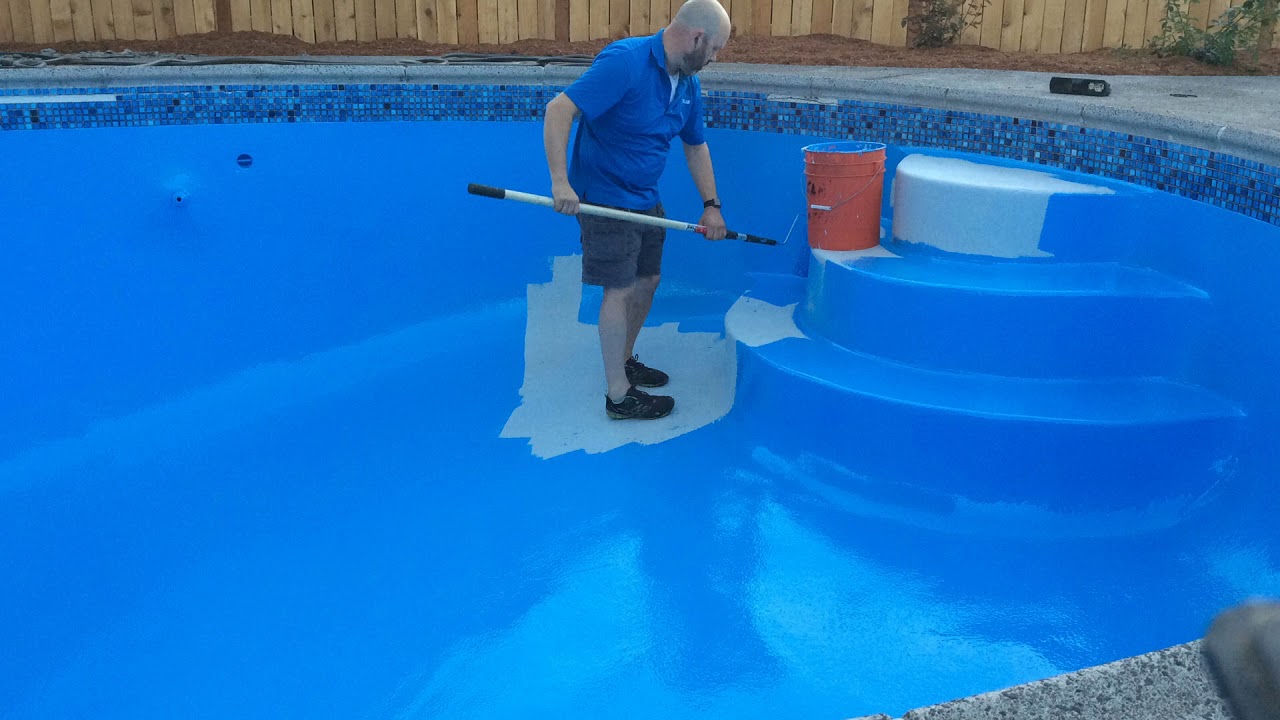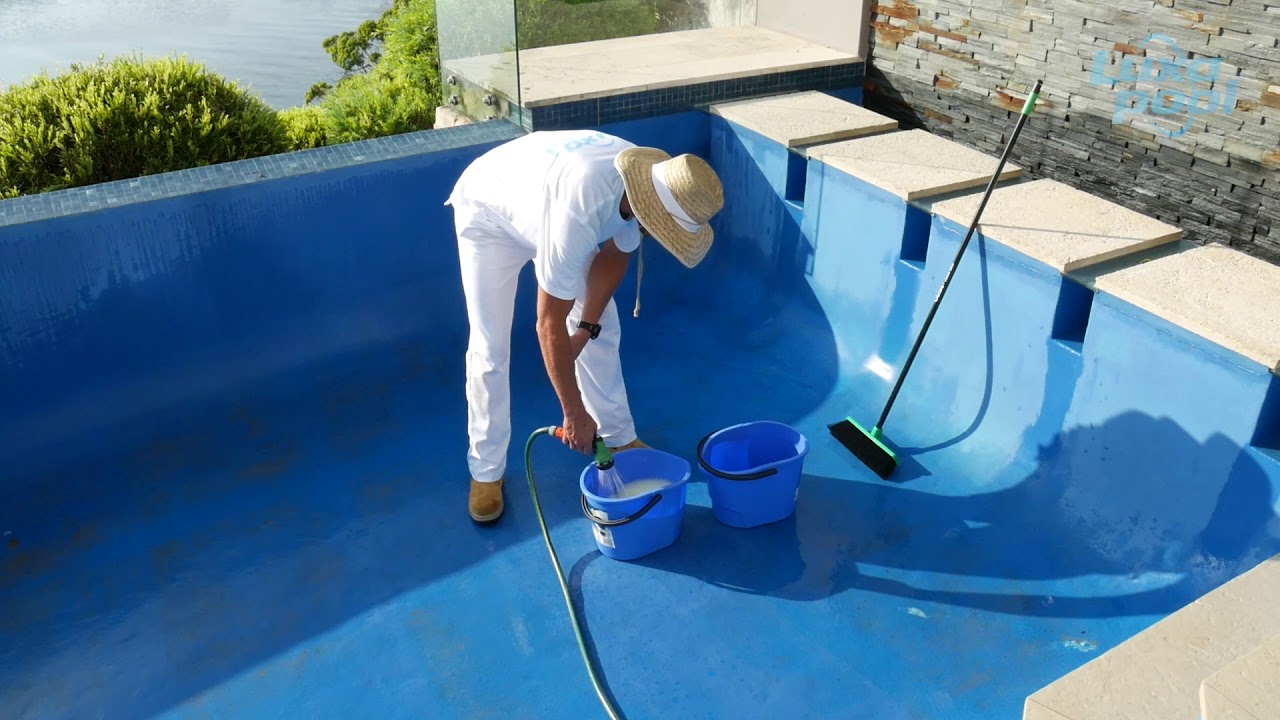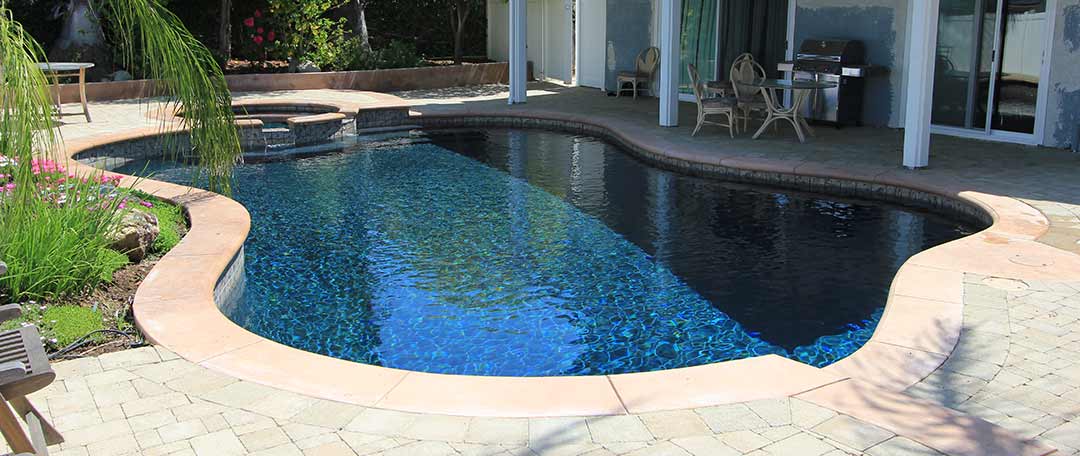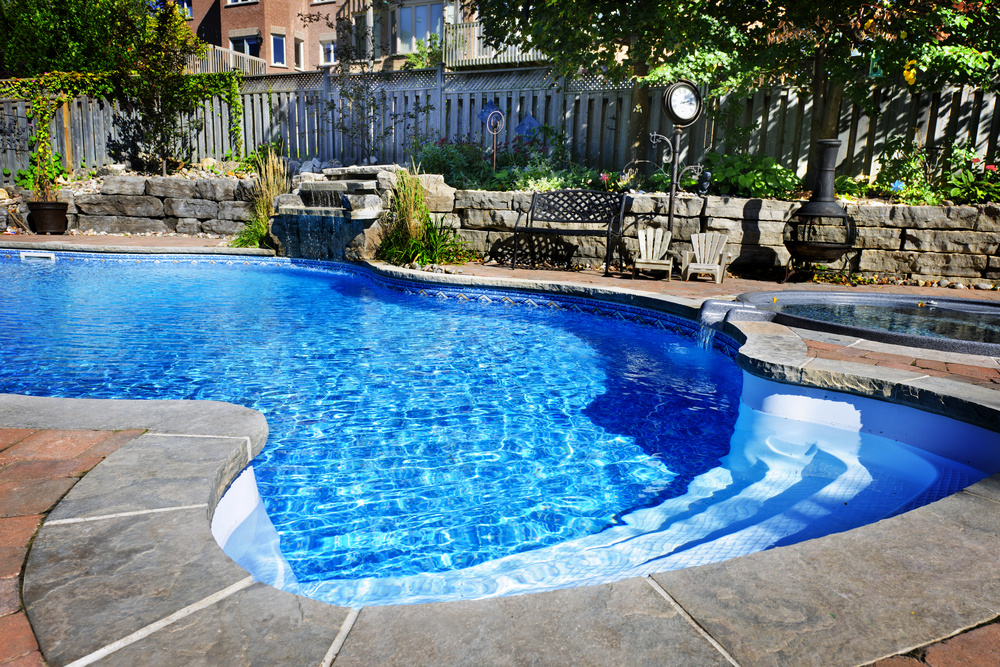Do you wish to enhance the longevity of your newly plastered swimming pool? All you need to do is consider a few maintenance tips for better plaster care.
The surface of your pool constantly changes owing to several factors, such as heat, water hardness, and chemical composition, to name a few. As a result, it tends to deteriorate in appearance and texture.
But this can be avoided! How? By simply following the instructions and pointers provided in this guide. For clarity, we’ve briefly explained each tip to help keep your pool plaster well-maintained through the years.
So, without further ado, let’s begin!
Maintenance Tips For Your Pool Plaster
Before we dive into the details of the tips for your pool plaster, it makes sense to know about the importance of plastering a swimming pool.
That being said, pools are usually plastered using a unique waterproof marble-dust mixture of cement. This is because the plaster prevents water leakage while its non-slip texture ensures secure underwater traction.Not just that, but it also offers a decorative, clean white finish to your pool.

However, if not maintained, it tends to wear out and dissolve in water. Thus, regular upkeep and proper care for your pool’s new plaster is essential from the get-go. As such, we’ve come forth with a few tips and instructions that will help you keep the pool surface well-maintained.
1. Filling Up Your Pool The First Time
First things first, once the pool plaster is done, start filling up your pool by placing a hose at the bottom with a clean cloth wrapped around its end. This helps in diffusing the water flowing into the pool. Now, leave the water running until it’s full, and the water level reaches halfway up the skimmer opening. Only then can you stop the water flow.
This is an important point that can’t be ignored. You can’t turn off the water before the pool is full. Why? Well, plaster is formulated to remain underwater. So, if you leave the plaster exposed and dry for too long, it may develop cracks or a permanent ring at the level the water was stopped.
Also, never use soft water for filling up the pool. The reason for this being that soft water can easily dissolve the plaster.
2. Start-Up Instructions
Filling up your pool is just the tip of the iceberg. There’s a lot more to it that follows – for starters, taking care of the plaster once the pool is filled.
The initial start-up plays a vital role in determining the appearance of the pool surface for years to come. But obviously, a first-time pool owner would be unaware of the approaches to the start-up procedure. For this, it’s crucial to have your queries addressed by the builder, service technician, or the plaster artisan.
To give you a summary, the primary start-up instructions include checking the hardness level, alkalinity, and ph balance of the water in your pool regularly. Initially, you’ll also have to brush the interior several times a day for at least a week. This will help remove the plaster dust or residue so that the pool turns sparklingly clean.
3. Required Maintenance Tools
It’s quite evident that you’ll require a basic tool kit and equipment for cleaning and maintaining the pool. For the first month or so, a roller-vacuum head may be required.
Other than this, you’ll be needing a nylon brush, a skimmer net, an extendable pole, a vacuum hose, and a brush-style vacuum head for
cleaning the pool interior. On the other hand, a 4-way test kit will help you check the pH balance and alkalinity of the chemicals inside it.

As such, the plaster will remain protected from damage and discoloration caused due to chemical imbalances.
4. Chemical Maintenance
By now, you must already know about the importance of maintaining the chemical balance of your pool water for your pool plaster. But what you don’t know is that the curing or maturing process of the new plaster leads to a rise in the alkalinity, calcium, and pH levels. As a result, the imbalance may cause plaster hydration and scaling issues.
However, you can avoid this by simply adjusting the water chemistry a few times a week. For this, you’ll need to adjust the alkalinity between 80-120ppm, followed by the pH, which should be lower than 7.2.
That being said, always remember to pre-dissolve the chemicals before adding them to the water. Also, avoid adding chlorine or sanitizers for the first 72 hours after filling your pool. Once the chemical levels are tested and adjusted, you may add the mineral cartridge and chlorine pack.
5. Tips To Guide You Through The Seasons
You should know that your pool care routine will keep changing depending on the seasons of the year. For instance, during summers, you’ll notice an increase in chemical usage due to evaporation, higher water temperature, pool usage, and sunlight.
So, you might have to adjust the pH balance and alkalinity of the water. Also, you’ll have to keep refilling the pool with water to prevent the plaster from developing cracks.

On the other hand, your plaster will need frequent brushing in case of high winds to prevent the accumulation of dirt and dust on the surface. And finally, during the rainy season, you may have to lower the water level to prevent it from overflowing. It’s advisable to keep it halfway up the skimmer opening.
Final Words
Naturally-occurring effects, such as seasonal changes, chemical imbalances, and even the curing characteristics of plaster, can cause damage and changes in the pool’s appearance.
So, it’s crucial to take proper care of your pool plaster to, in turn, enhance the overall durability of the swimming pool.
On that note, we now come to the end of our informative guide. Here’s hoping you were able to gain valuable insight related to the topic.
With this, we’ll now take your leave. Till next time!






